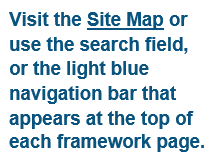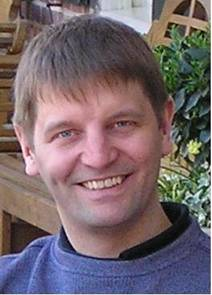Stakeholder welcome page: Regulators
Nanotechnology applications in everyday products are expanding and diversifying. While industry processes are designed to minimize or eliminate the release of engineered nanomaterials (ENMs), the widespread use of nano-enabled products means that some nanoforms will enter the environment either directly or from the managed waste stream. In this context, the need arises for proportionate and evidence-based assessment of any associated environmental exposure and possible risks. The new REACH annexes coming into force in 2020 demand understanding of the functional and behaviour patterns of ENMs in exposure-relevant environments.
The NanoFASE Clickable Framework provides a host of resources to understand exposure assessment of ENMs in the environment:
- Key processes of transformation that nanomaterials may undergo before, during and after being emitted into the environment;
- Fate descriptors that can be used to quantify rates of nanomaterial transformation in the different compartments or ‘reactors’ of the environment (air, soil, water and biota) as well as waste management installations;
- The NanoFASE Model Catalogue including the NanoFASE water–soil–organism (WSO) model.
 Q: What can chemical regulators draw from the Clickable Framework?
Q: What can chemical regulators draw from the Clickable Framework?
A: To obtain up-to-date information on the science of assessing fate and exposure, ECHA and national regulators will doubtless read the scientific papers produced by NanoFASE. The Clickable Framework can help run through the most important processes and transformations in each environmental compartment. Significant advances have been made on fate descriptors like attachment efficiency and rate, dissolution rate constant, sedimentation rate, sulfidation rate constant.
To help with guidance to registrants, NanoFASE has contributed to developing OECD test guidance and/or supporting guidance documents for standardised tests namely Test No. 312 Leaching in soil column tests Test No. 106 Adsorption -- Desorption Using a Batch Equilibrium Method, tiered approaches to application of OECD TG305 Bioaccumulation, TG318 Dispersion stability of nanomaterial (including dissolution rate measurement and a tiered approach to determining heteroaggregation).
Q: What can national or local authorities and policy makers draw from the Clickable Framework?
A: These authorities might be more interested in locating the source of pollution from an accident or a build up from on-going release. Following links from the Clickable Framework pages on pathway analysis they might learn how it is possible to backtrack to source, or (with advice from experts) use the models.
While the Clickable Framework is not a live decision-support tool (exposure assessment cannot be run online here) we have included a detailed example of workflow – explaining how our algorithms and models fit into a tiered assessment, moving from "back of envelope" through to precise numbers on the spatiotemporal distribution of nanomaterials. Existing widely-used models – SimpleBox4nano as a leading instrument for second-tier assessment, and the LOTOS–EUROS atmospheric transport and deposition model) – have been refined and enlarged through NanoFASE work. The NanoFASE WSO model itself has been designed to generally require the least possible calibration, and thus be applicable to the broadest range of geographical regions.
See our presentations to ECHA NMEG
NanoFASE attended the ECHA Nanomaterials Expert Group (NMEG) 10th meeting in November 2017 to share progress on exposure modelling in view of REACH support.
Read more
|
Learn about the four-year NanoFASE project, and its major outcomes. |
Contact
Project Coordinator Natural Environment Research Centre (NERC) Email: csv@ceh.ac.uk
Centre for Ecology and Hydrology (CEH)
University of Vienna, Austria Email: frank.von.der.kammer@univie.ac.at
Joris Quik |

 Claus Svendsen
Claus Svendsen  Stephen Lofts
Stephen Lofts Frank von der Kammer
Frank von der Kammer